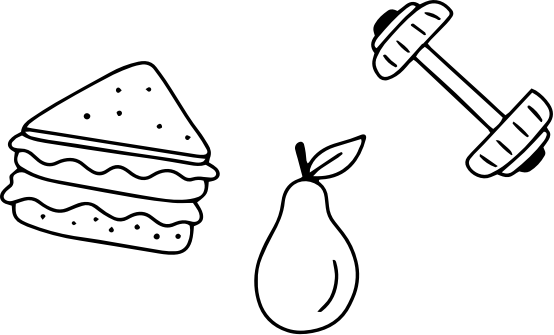Living-Donor Kidney Transplant 101
Most people are born with two kidneys, small bean-shaped organs on either side of your spine, below your ribs and behind your belly. Each kidney is about the size of your fist. In addition to many other important jobs, the kidneys are responsible for filtering and removing waste and excess fluid from the body. When your kidneys stop working, this waste is unable to be removed and it will start to build up in your body and you are at risk for developing chronic kidney disease. Doctors called nephrologists work to treat kidney disease, but it can still lead to kidney failure. When too much damage has been done to the kidneys, dialysis or a kidney transplant are the treatment options.

Kidney Transplant and Living Donation
By undergoing a kidney transplant, patients can receive a new kidney that is more effective than dialysis. During a kidney transplant, a transplant surgeon will place the donor kidney into the recipient’s abdomen to replace their failing kidneys. The donor organ can either come from a deceased or living donor.
There are about 100,000 people in need of a kidney transplant in the United States, so patients face a long wait on the kidney transplant waiting list. A living-donor kidney transplant provides a second option, one where a patient doesn’t have to wait many years for a deceased donor organ to become available. Living donation is a safe and first-line treatment option to save the life of someone on the kidney transplant waiting list. A person can live a full, healthy life with only one kidney.

During a living-donor kidney transplant, a healthy kidney from a living donor is removed and transplanted into someone with kidney failure. Living-kidney donation is a minimally invasive surgery. The donor usually goes home from the hospital in 1-2 days. There are no changes to the living donor’s diet or lifestyle after donation.
Living Donor Heroes
Living donors save lives by helping patients on the kidney transplant waiting list receive a transplant sooner and before they become too sick.
Healthy living-kidney donors must be:
- Between the ages of 18-75.
- Generally healthy.
- Have an unselfish desire to help someone in need. There is absolutely no financial compensation that can come as a result.
Living donors do not have to be related to the person receiving the transplant. Donors can be friends, family members, co-workers, neighbors, or anyone else who wishes to help someone in need.
Directed Donation
This is when the living donor directs their donation to a specific person they already know.
Non-Directed Donation
This is when the living donor wants to donate to anyone in need instead of a specific person.
Potential living donors must complete a thorough health evaluation. The safety of the living donor is a top priority. For that reason, only about one in four people evaluated for living donation are acceptable candidates.

How You Can Help
We are all on the same mission – to make a life-saving difference for those in need of a kidney transplant. Here’s how you can help support this mission:
- Learn more about kidney health and talk to your family about it.
- Find out if kidney disease or its risk factors run in your family. If they do, it’s important for your family members to get an annual check-up to make sure their kidneys are healthy.
- Join the Living DoNATION by spreading the word and telling others about the benefits of living kidney donation.
